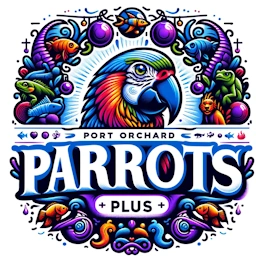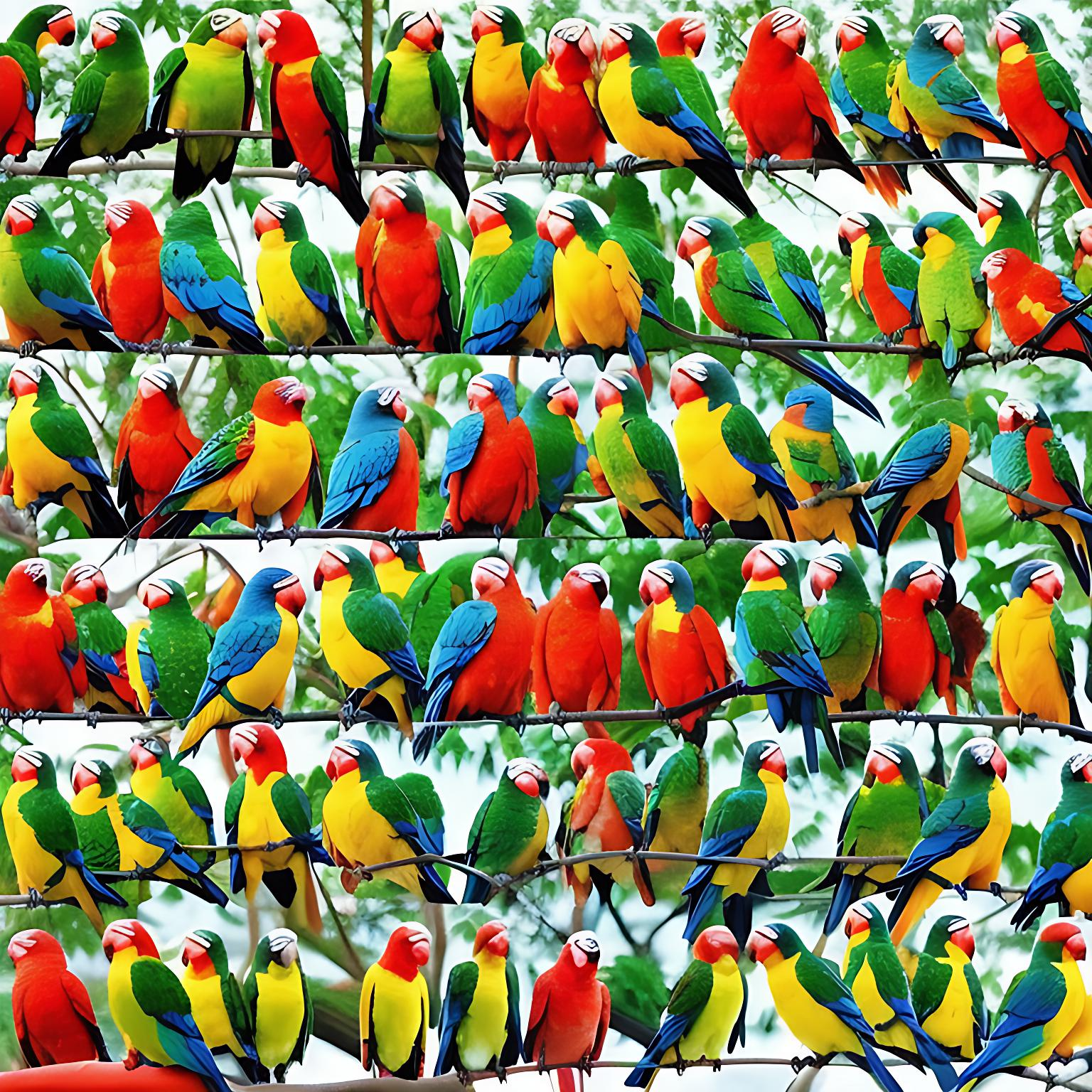Are you looking to pamper your pet without emptying your wallet? POParrots.com, the online storefront for Port Orchard Parrots Plus, is your go-to destination for all things animals—from nutrition and toys to habitats and health care. But did you know that you can save significantly while shopping for your beloved pets? Here’s how you can unlock the treasure trove of savings available at POParrots.com.
1. Subscriptions: Lock in Savings and Convenience
For those who find themselves regularly purchasing the same products, POParrots.com offers a subscription service that’s both convenient and budget-friendly. By setting up automatic scheduling for your purchases, you can save up to 10% on the items you buy regularly. Plus, you’ll lock in your prices for the next twelve months, protecting you from any potential price increases. It’s a hassle-free way to ensure you never run out of your pet essentials.
2. Bulk Purchases: Buy More, Save More
If you have the storage space, opting for bulk purchases can lead to substantial savings. When you buy a specified number of the same product, you can save up to 20% at POParrots.com. This option is perfect for stocking up on pet food, treats, or any other supplies that don’t expire quickly. It’s an excellent strategy for both breeders and those with multiple pet companions.
3. Frequent Flyer Rewards: Earn Points on Every Purchase
Loyal customers of Port Orchard Parrots Plus can take advantage of the Frequent Flyer Rewards program. For every dollar spent online or in-person, you earn one point. Accumulate these points to save up to 5% on future purchases. It’s a simple yet effective way to make every purchase count. The more you shop, the more you save!
4. Review Products for Extra Rewards
Have you purchased one or more of the products we sell? Did you love it? Hate it? Felt “meh” about it? We value your opinions and so will your neighbors. Go to the product page and write a review. For every review you write you get 100 extra Frequent Flyer Rewards points (a $5.00 value). Then use your points to save up to 5% on every purchase you make from Port Orchard Parrots Plus.
5. Volunteer for Discounts
For those who love giving back, volunteering at Port Orchard Parrot Rescue & Sanctuary not only provides an opportunity to help parrots in need but also rewards you with savings. Active volunteers receive a 10% discount on all products and services. It’s a rewarding experience that benefits both you and the pets you’re helping to protect and care for.
6. Join Olympic Bird Fanciers (OBF)
Becoming a dues-paying member of the Olympic Bird Fanciers club comes with its perks, including a 10% discount on all products and services at POParrots.com. It’s a fantastic way to join a community of fellow bird enthusiasts while enjoying savings on your pet care needs. OBF members often share tips, experiences, and advice, making it a valuable resource for both novice and experienced parrot owners.
7. Combine and Maximize Your Savings
To truly unlock the maximum potential for savings, consider combining two or more of the suggestions above. Whether it’s subscribing to your most-used items, buying in bulk, collecting points through the Frequent Flyer Rewards program, volunteering, or joining OBF, each option offers unique savings. By strategically combining these offers, you can significantly reduce your expenses over time.
Thank You for Your Support
At POParrots.com, saving big while caring for your pet is easy and straightforward. With a variety of savings options tailored to fit different needs and preferences, you’re sure to find the perfect way to stretch your dollar further. From subscriptions and bulk purchases to loyalty points, volunteering discounts, and club memberships, the opportunities to save are plentiful. Start exploring these options today and make the most of your shopping experience at POParrots.com. Your pet—and your wallet—will thank you!













